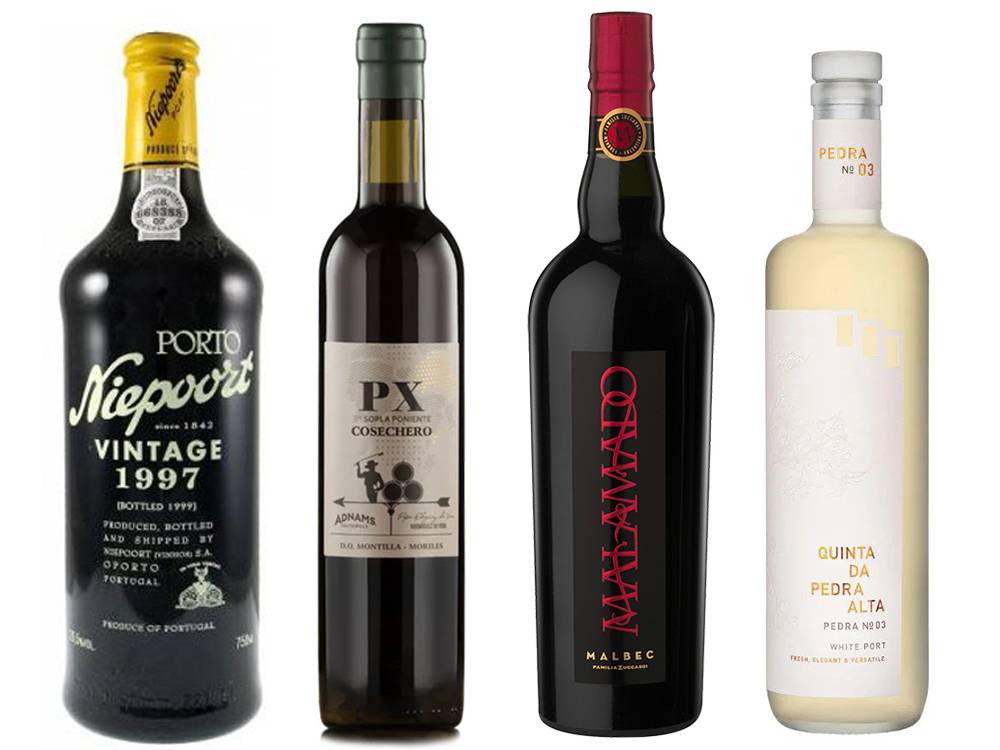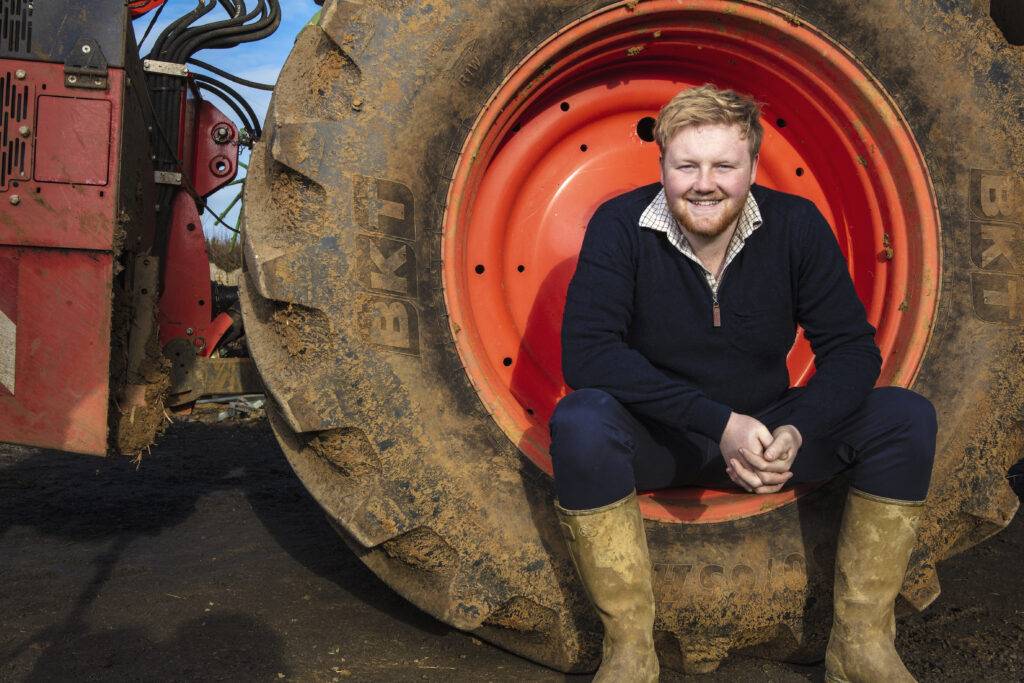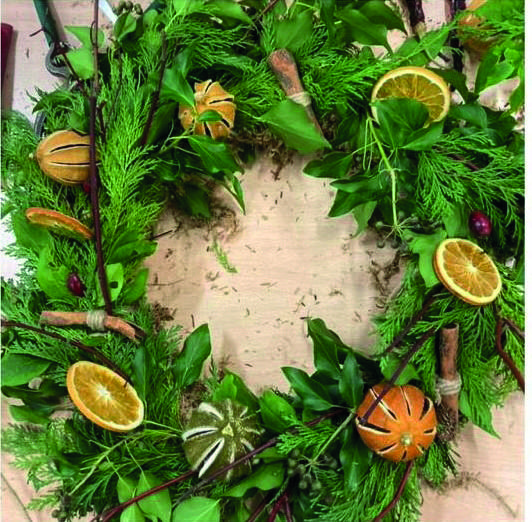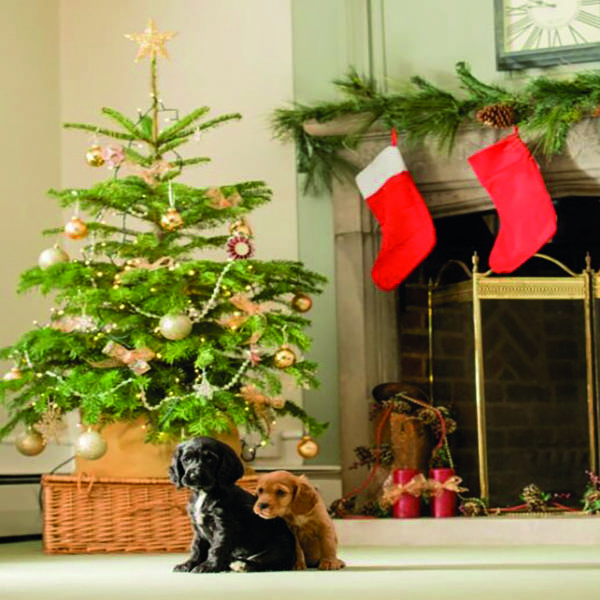“Maybe Christmas doesn’t come from a store, maybe Christmas perhaps means just a little bit more” – read the top tips from Plastic Free Home for a more sustainable festive season
It’s not often we quote the Grinch, but in this case, and perhaps now more than ever, Dr Seuss’ fictional character is spot on.
For most Christmas is a magical time of year but it is also one of significant and unnecessary waste and excess.
If we are to get serious about tackling the climate emergency, then even the festive season shouldn’t be off limits when it comes to making much needed changes.
Below are 10 top tips on how you can make a difference this Christmas and put ‘a more sustainable future’ at the top of your wish list…
Avoid the gimmicks
From pre-packed ‘reindeer food’ (what’s wrong with a good old-fashioned carrot?!) that can be harmful to wildlife, to Christmas Eve boxes full of matching pyjamas and quickly discarded novelties, try not to get sucked into the latest fads.
Presents
Think quality, not quantity. Maybe introduce shared gift lists or a secret Santa to encourage everyone to buy less and to help save on unwanted items. When shopping, consider what gifts are made of, who by and where and how they can be reused, recycled or disposed of when someone is finished with them. Aim to buy presents that are produced ethically, sustainably and here in the UK wherever possible, and shop independently if you can. Buy pre-loved, recycled or sustainably sourced clothing, opt for toys that are well made and will last for generations, ditch big brand toiletries in favour of more eco-friendly alternatives and give homemade gifts, experiences or your time in place of ‘things’.
Wrapping paper
It isn’t an exact science but if you scrunch wrapping paper into a ball and it stays that way, it’s more likely that it’s plastic free and can be recycled. Even better, use recycled kraft paper, which is both home compostable and recyclable, and more likely to be free of harmful inks. Avoid gift bags if you can as many aren’t 100% recyclable and a high proportion are never reused and, crucially, avoid plastic sticky tape! Paper tape is readily and cheaply available online, compostable and recyclable and skip the bows, gift tags and ribbon or find reusable and recyclable alternatives.
Cards
Of course, the obvious answer would be to avoid cards altogether. If that’s a step too far, aim to buy cards that are made from recycled, FSC (sustainable) or seed paper and free from non-biodegradable glitter, badges and plastic wrapping. Or get crafting and make your own!
Crackers
Again, you could opt to avoid crackers completely or, again, why not make your own, reusable, ones? If you do decide to buy some, try to ensure they are both recycled and recyclable and free of plastic prizes.
Trees
If you already own an artificial tree, enjoy it year after year for as long as you can. As and when you are in need of a new one, consider instead a real tree that is FSC or Soil Association approved. Or, you can now even rent a real tree, with the tree replanted after Christmas and used again next year!
Advent calendars
Make or buy a reusable advent calendar and fill it with homemade goodies or plastic free and ideally Fairtrade treats. Anything wrapped in foil or delicious chocolates from the likes of Divine or Tony’s Chocolonely are among the better options. The growing trend of more expensive, toy-filled calendars just means more unnecessary waste.
Christmas lunch
Can you buy your meat unwrapped from a local butcher, and your vegetables loose from a local greengrocer, farm shop or certain supermarkets? Wherever possible, aim to avoid unnecessary packaging and only buy and prepare what you really need to avoid food waste. Or give a vegetarian or vegan Christmas a go!
Drinks
Wine bottles with a (real) cork are a better option than a screw top because cork is home compostable and results in lower emissions. And take a look at some of the fantastic British wines available, from the likes of Stanlake Park, Windsor Great Park or Chapel Down, to cut down on imported goods and the miles associated with them. If you’re buying beer, avoid plastic packaging and of course opt for cans or glass instead. When it comes to other alcoholic or soft drinks, swap plastic bottles for glass or cans too.
At the end of it all
Importantly, ensure that you recycle and dispose of everything correctly when the fun is over. If in doubt, look online, contact your local council or drop Plastic Free Home a line! Prepare beforehand by getting bags or boxes ready for things like wrapping paper, cardboard and recyclable plastic and rescue and reuse anything you can next time. Remember to donate any unwanted leftovers to a charity shop or (if in date and unopened) food bank.
Not everyone can do everything but if we can each make changes, they really do add up.
Wishing you and your loved ones a safe and happy Christmas when it comes and let’s all cross our fingers and toes that Santa brings us a more positive year in 2024…
Created in 2018 by blogger and voluntary hack Dave Lamont, Plastic Free Home is an online community with more than 45,000 followers, aiming to seek and share information on how we can all live more sustainably. Visit www.theplasticfreehome.com or find Plastic Free Home on Facebook.
















